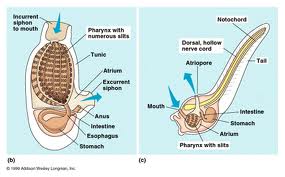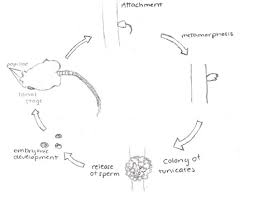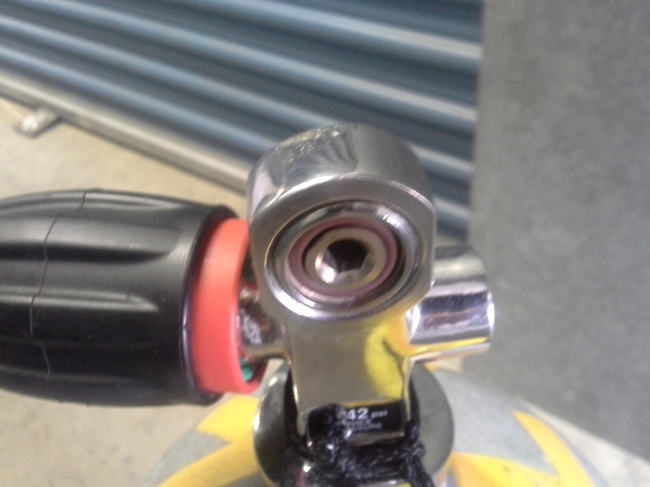So yesterday I spent part of the day off the beaches of Siesta Key. Forever on the hunt for new treasures I was beach combing thru the seaweed
on the shoreline. Some broken sand dollars and lots of little seeds. While wading angle deep, I spotted a small orange blob. Initially I thought it could be an old nurf bullet or a foam ball. I bent over, got a little closer and touched it gently. Slimy but hard. Next thought was perhaps an egg sack or a piece of slimy fruit. Went to pick it up and have to be honest, freaked out a little and dropped it immediately. My protector Rich was out on the sandbar so nobody to be the brave one but me. I pulled up my big girl panties and flicked it carefully up to the beach. It was slimy but solid and had small pineapple looking pits almost. It was a pale mango pineapply color. Approx 3.5 inches by 1.5 in diameter. It had a small dark area on what I thought may have been a base of some type that attached it to a plant, rock or something. A few tiny shells and sand were stuck to it. Really perplexed. I left it on the shoreline and walked away.
Rich came back from his sandbar stroll. Nobody strolling by on beach seemed very interested in my blob. I decided to take a picture. When I picked it up again, the part laying on the sand had flattened. About an hour after my first contact with it.
So after hours of blindly searching online I had found a tunicate. I think my find was a colonial tunicate. This is a colony of creatures called commonly known as sea squirt or Sea Pork, because when it dies, it bleaches a greyish white, and looks like salt pork.
Now intriqued, I had to find out everything bout this weird yet interesting orange blob. This fascinating sea squirt, sea pork, tunicate or whatever you want to call it, is one of the only animals in the world that can produce Cellulose. Cellulose is what many plant materials like wood are made of. The colonies form tough, rubbery forms that measure more than an inch in height. The zooids found inside are arranged in circular groups, hence the pineappely looking pits. Colonies can spread more than 12 inches. Because of the cellulose production abilities it is currently being tested as a biofuel. It has no known predators so can be harvested as scientists speculate it wont upset ecosystem balance. (Another post all together)
Another fascinating sea fact is though they do not look anything like fish, they are chordates, part of the sane phyllum as fish.
Also, the tunicates go through a metamorphosis from little larvae that swim to settle into a stationary colony of adult sea squirts. They actually eat and digest thier brain when they mature. I thought kind of like coral larvae floating until they landed to start a new colony.




These creatures can be found from Maine to Florida on the Atlantic Coast and around up into the Gulf of Mexico. I have also seen reports of them being found off coast of California from the Pacific.
For the past few decades these Creatures have been invading certain coastal waters. George’s bank in the Northeast atlantic has a carpet tunicate that has covered 6.5 sq miles. It covers not only stones, and other stationary objects but it is covering mollusks. Interesting as i commented that I was finding lots of shells that had tiny holes and bored markings.
Apparently Japan grows and harvests them for consumption. Perhaps next time, I should slice it up for dinner later on.




















